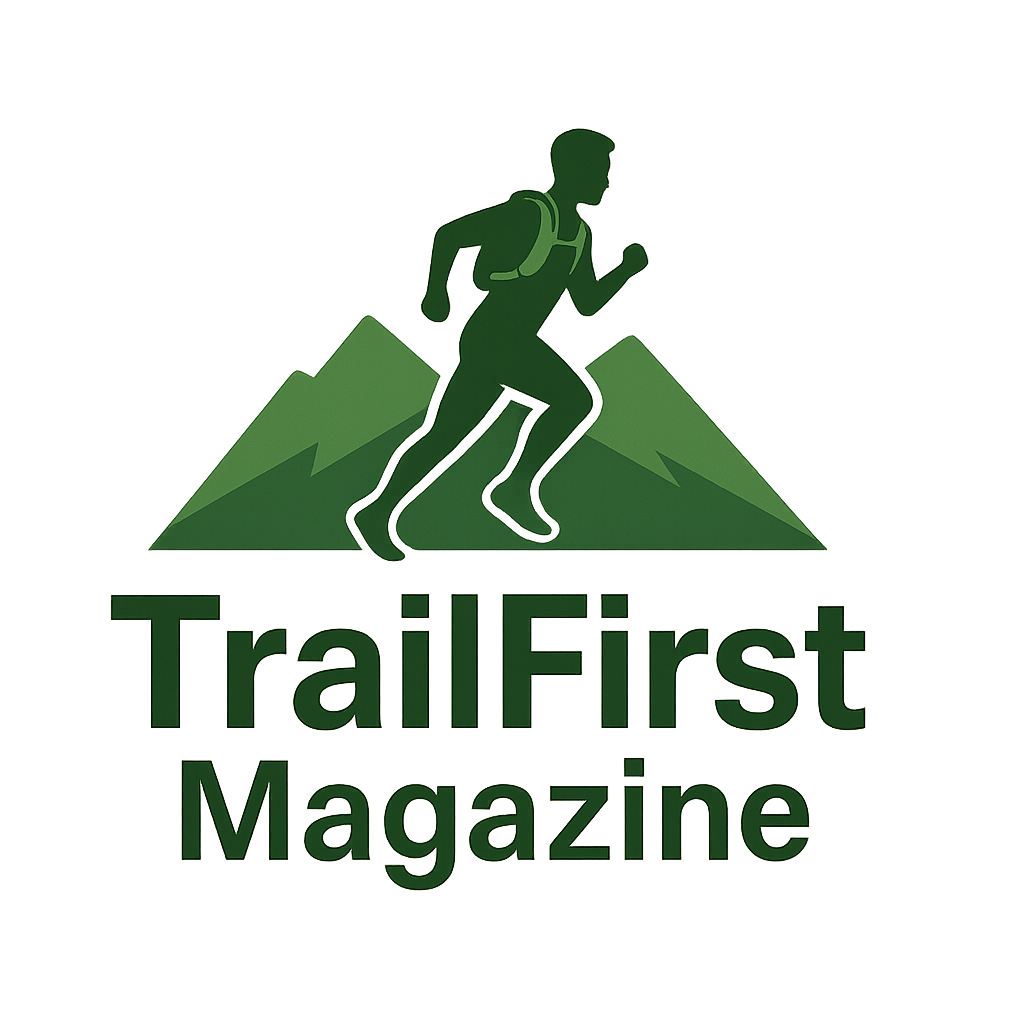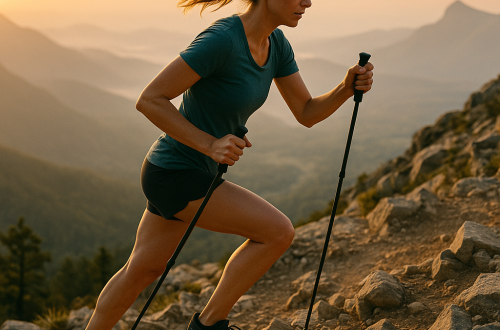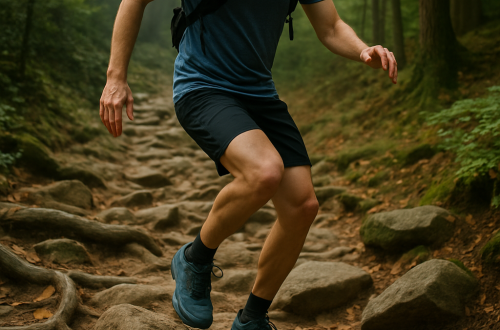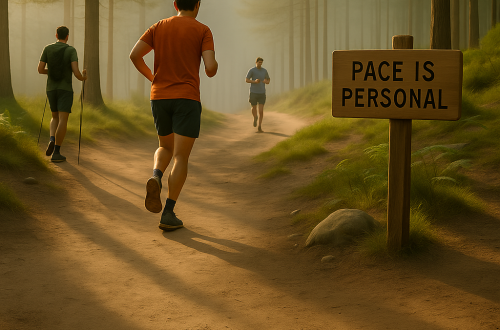
How do I run uphill efficiently on trails?
Why Running Uphill on Trails Feels So Hard
Let’s face it—running uphill on trails can feel like a full-body workout in disguise. The steep grades, uneven terrain, and thinner air at elevation combine to challenge even the most seasoned trail runners. But here’s the good news: with the right technique, mindset, and preparation, you can learn how to run uphill efficiently and even enjoy the climb.
How to Improve Your Uphill Trail Running Form
Efficient uphill running starts with proper form. Here are a few key adjustments to make when tackling inclines:
- Shorten your stride: Long strides waste energy. Keep your steps short and quick to maintain momentum.
- Lean slightly forward: A slight forward lean from the ankles (not the waist) helps you stay balanced and aligned with the slope.
- Use your arms: Pump your arms to generate rhythm and power. Think of your arms as your uphill engine.
- Keep your head up: Looking ahead instead of down helps maintain posture and keeps you mentally focused on the trail ahead.
Practicing good form consistently will help you conserve energy and reduce fatigue on long climbs.
Should You Walk or Run Steep Trail Climbs?
This is one of the most common questions among trail runners. The answer? It depends on the grade, your fitness level, and your goals.
On extremely steep or technical terrain, power hiking can be more efficient than running. Many elite trail runners switch between running and hiking to conserve energy. The key is to keep moving forward with purpose.
Here’s a quick guide:
- Moderate incline: Run with short strides and controlled breathing.
- Steep incline: Power hike with strong arm drive and upright posture.
- Technical terrain: Focus on foot placement and stability, regardless of pace.
Don’t let pride keep you from hiking. Sometimes walking is the smartest way to run uphill efficiently.
Pacing Strategies for Uphill Trail Running
One of the biggest mistakes runners make is attacking hills too hard, too early. Instead, use these pacing strategies to stay strong from bottom to top:
- Start slow: Begin the climb at a sustainable pace. You can always speed up later.
- Use effort-based pacing: Focus on perceived exertion or heart rate rather than speed. Uphill pace will naturally be slower.
- Break the climb into segments: Mentally divide the hill into manageable chunks to avoid feeling overwhelmed.
- Recover on flatter sections: Use any brief flat or downhill sections to catch your breath and reset.
Remember, the goal is to reach the top with enough energy to keep going—not to burn out halfway up.
Strength and Conditioning for Better Uphill Performance
Running uphill requires more than just cardio fitness. It demands strength, especially in your glutes, hamstrings, calves, and core. Incorporate these exercises into your weekly routine:
- Hill sprints: Short, explosive uphill runs build power and leg drive.
- Step-ups: Use a bench or box to mimic the climbing motion.
- Lunges and squats: Strengthen your lower body and improve balance.
- Core work: Planks, bridges, and rotational exercises help stabilize your torso on uneven terrain.
Stronger muscles mean more efficient movement and less fatigue on long climbs.
Mental Tricks to Conquer the Climb
Uphill trail running is as much a mental challenge as a physical one. Here are some mindset strategies to help you push through:
- Focus on effort, not pace: Accept that your pace will slow. That’s okay—what matters is consistent effort.
- Use mantras: Repeating phrases like “strong and steady” or “one step at a time” can keep you motivated.
- Visualize success: Picture yourself reaching the summit strong and confident.
- Celebrate small wins: Each switchback or landmark passed is progress worth acknowledging.
Training your mind to stay positive and present can make a huge difference on tough climbs.
Essential Gear for Uphill Trail Running
The right gear can make uphill running more comfortable and efficient. Consider these trail-tested essentials:
- Trail running shoes with good grip: Look for aggressive tread patterns that provide traction on loose or muddy inclines.
- Lightweight hydration vest: Staying hydrated is crucial, especially on long climbs. A vest distributes weight evenly and keeps water accessible.
- Trekking poles: For ultra-distance or steep mountain trails, poles can reduce leg fatigue and improve balance.
- Moisture-wicking layers: Uphill efforts generate heat. Wear breathable clothing to stay dry and comfortable.
Test your gear during training runs to ensure it works well for your terrain and distance.
Common Mistakes to Avoid When Running Uphill
Even experienced runners fall into these traps. Avoid them to improve your uphill efficiency:
- Overstriding: Long steps waste energy and increase the risk of slipping.
- Leaning too far forward: Bending at the waist restricts breathing and throws off your balance.
- Ignoring recovery: Uphill running is taxing. Give your body time to rest and rebuild.
- Skipping strength training: Neglecting your muscles leads to slower climbs and higher injury risk.
Awareness is the first step to improvement. Learn from these mistakes and adjust your approach.
Training Tips to Build Elevation Endurance
Want to get better at running uphill? Train for it! Here’s how to build your climbing capacity over time:
- Include hills in your weekly runs: Even small inclines add up and build strength.
- Do hill repeats: Find a hill and run up at a hard effort, then jog down to recover. Repeat several times.
- Run stairs or stadiums: Great for simulating uphill effort when trails aren’t accessible.
- Progress gradually: Increase elevation gain slowly to avoid overtraining or injury.
Consistency is key. The more you practice climbing, the more efficient and confident you’ll become.
Final Thoughts: Embrace the Uphill Challenge
Running uphill on trails may never feel easy, but it can become something you look forward to. With the right form, pacing, strength, and mindset, you’ll not only improve your efficiency—you’ll start to see the climb as an opportunity, not an obstacle.
So next time you hit the trails and see that hill looming ahead, smile. You’ve got the tools to conquer it.
Powered by: aiContent.live





